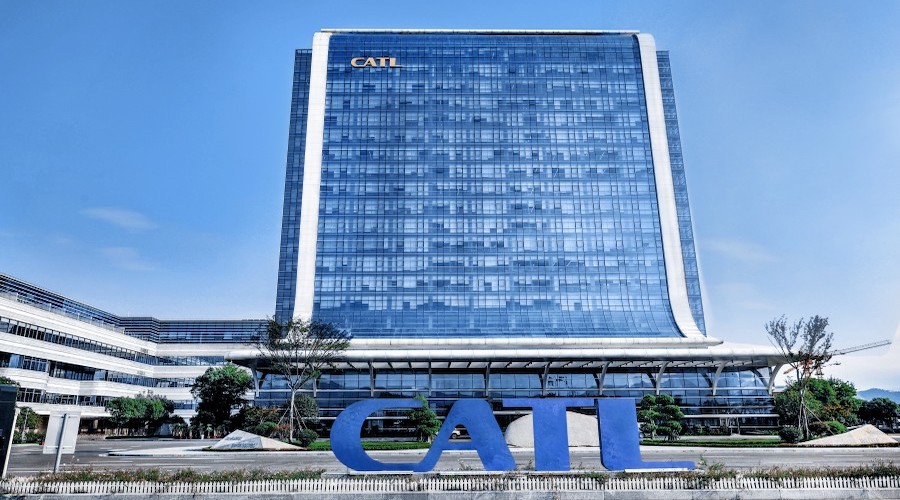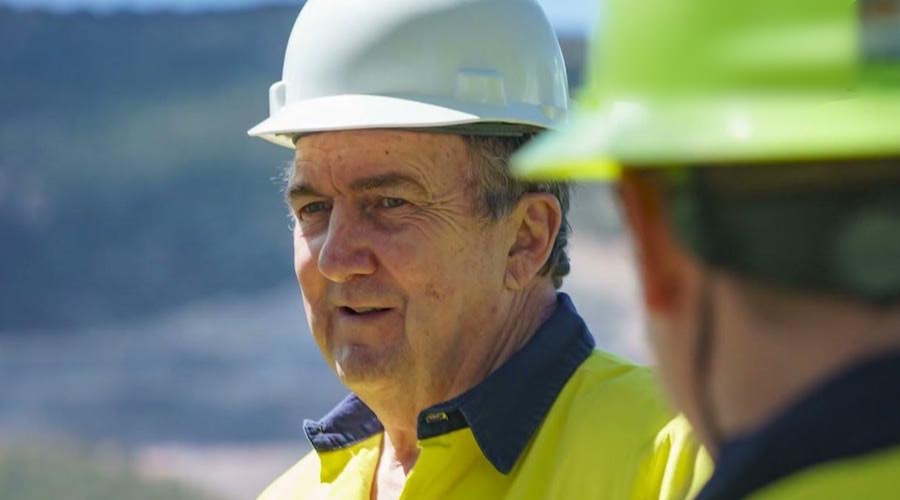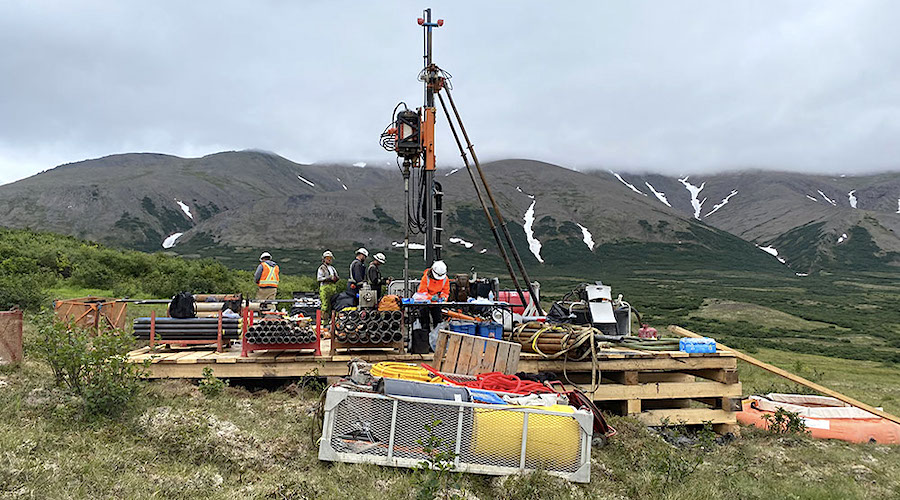CATL to cut lithium production at key mine

China’s CATL, the world’s biggest maker of EV batteries, is considering whether to mothball a key lepidolite mine in the south-eastern Jiangxi province, as well as one of its three lithium carbonate production lines, according to a research report published on Wednesday by Citi.
Falling lithium prices have affected the cost-benefit equation of producing lithium worldwide, particularly at CATL’s large mine in the Jiangxi province. The asset holds vast amounts of lepidolite, a hard rock ore that is relatively expensive for producing lithium.
The move will reduce China’s monthly lithium carbonate output by 8% and “will help rebalance the supply with demand,” UBS analysts led by Sky Han wrote in a note on Wednesday.
BMO analysts noted that lepidolite is generally considered unprofitable at current low prices. CATL’s integrated business model, however, has allowed the company to continue production while remaining profitable through its refining, CAM, and battery segments.
“We have believed said production has been underwater for many months, but that downstream cathode/battery production has been in the money, so the mining has continued,” BMO Joel Jackson wrote on Wednesday.
“Some lepidolite production has already come off before from other producers, and we believe companies like Ganfeng stopped looking at investing in lepidolite earlier this year. However, this is the first incremental news we’ve seen in some time, and CATL is downstream integrated, so this is noteworthy in our opinion,” Jackson said.
BMO’s head of commodities research, Colin Hamilton, added the announcement has resulted in a major turnaround in sentiment in the market. He noted the bank believes that excess stocks will continue to keep the price subdued in the short-term.
Analysts estimate it costs between 80,000 yuan ($11,230) and 120,000 yuan ($16,860) to produce one tonne of lithium carbonate equivalent (LCE) from lepidolite in China, while extracting the same amount from brine deposits or spodumene costs between 40,000 yuan and 60,000 yuan.
Despite the cost disadvantage, lepidolite mines in Jiangxi are more accessible than the brine lakes on China’s western plateaus and the spodumene rock in southwestern Sichuan province.
Rystad Energy consultancy sharply reduced in March its forecast for China’s lithium mining output growth this year, down to 12% from an earlier projection of 54%. This downward revision was primarily attributed to the slowdown in lepidolite mining.
Globally, Rystad anticipates 27% growth in mined lithium output, down from its previous estimate of 42%.
Nearly half of China’s lithium production last year came from lepidolite, according pricing agency Fastmarkets. The use of the lithium-bearing ore has surged in recent years, with output more than doubling to 114,500 tonnes of LCE over the past two years.
(With files from Reuters)
{{ commodity.name }}
{{ post.title }}
{{ post.date }}



Comments